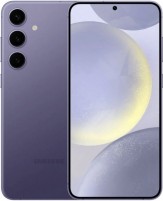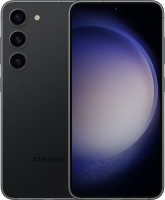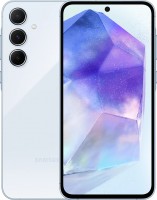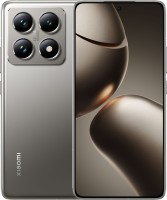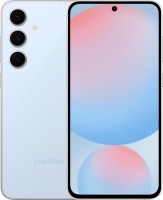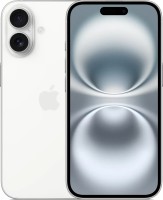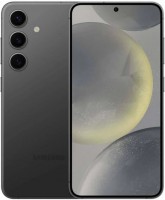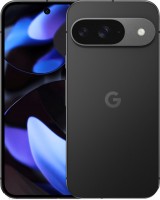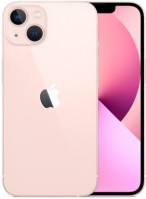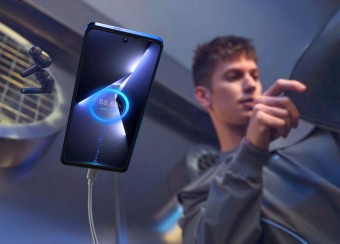Fashion for bangs: 5 smartphones with a "monobrow"
We independently test the products and technologies that we recommend.
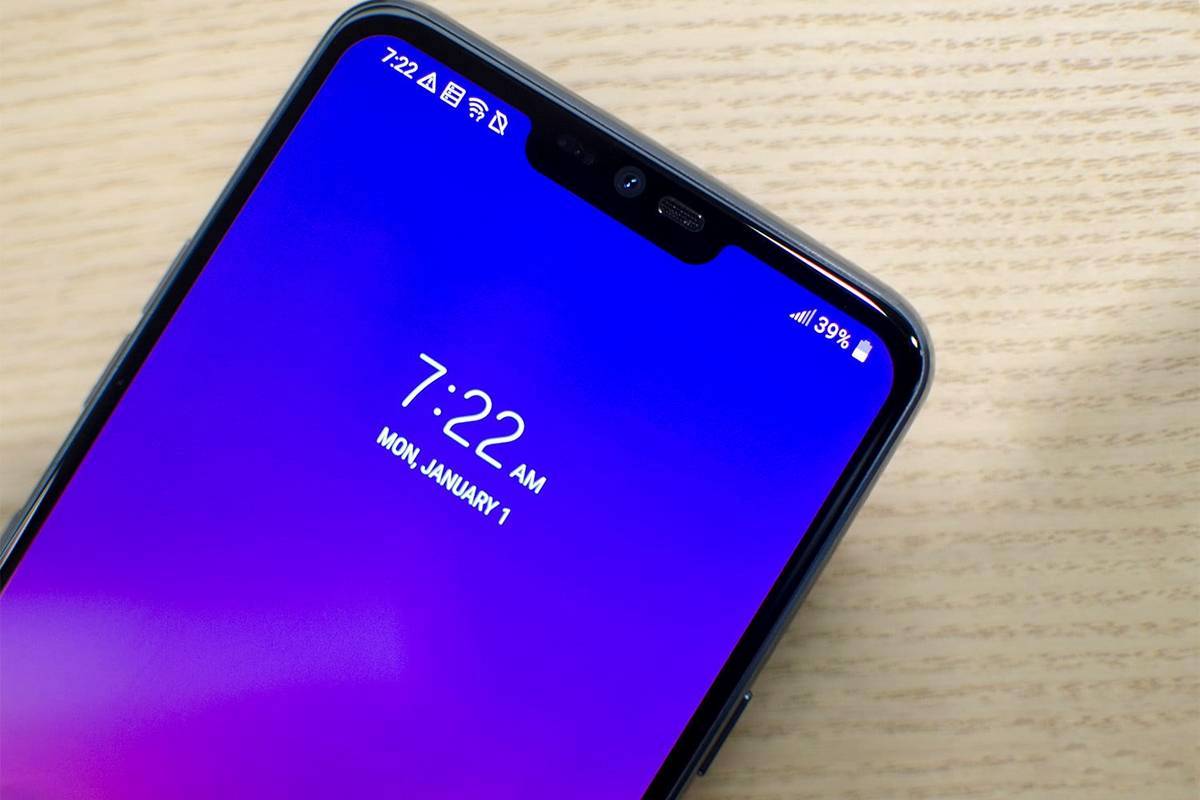
A comparison of the characteristics and prices of models from the selection is given in the summary table of smartphones with a "bangs". You can independently select a mobile phone in the corresponding catalog using a wide range of search filters. And the closest relatives of the models in question are described in the article "TOP-5 smartphones with a widescreen display".
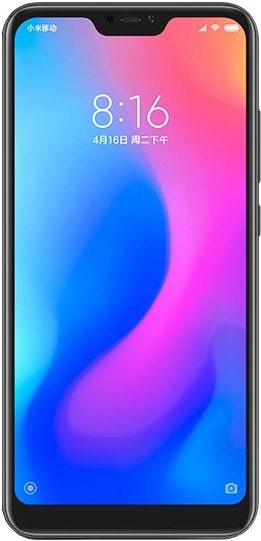
In pursuit of trends, the lineup of smartphones from the Chinese company Xiaomi has been replenished with an interesting instance with a cutout in the upper part of the display — the Redmi 6 Pro device, which belongs to the strong mid-range segment.
First of all, when getting acquainted with the device, the gaze involuntarily clings to the large “bangs”. Its size could be justified by the need to allocate a piece of free space for the earpiece and the front camera lens, but there is still too much empty space between them and the screen. In terms of other parameters, there is nothing to complain about in the appearance of Xiaomi Redmi 6 Pro — we are presented with a mobile gadget with a well-organized arrangement of elements. What is only a triple tray for 2 SIM and a microSD memory card — a breath of fresh air in the era of combo slots.
The screen of the smartphone is stretched diagonally by 5.84", and due to the presence of a "mono-brow", the image is displayed on it in an atypical resolution of 2280x1080 pixels. The hardware platform of the gadget is based on the Snapdragon 625 processor tested on board many counterparts. In combination with it, 4 GB of RAM and a 64 GB drive are installed “under the hood”, part of the capacity of which is reserved for the needs of the Android 8.1 operating system with the proprietary MIUI shell rolled over 9 (expected to be upgraded to MIUI 10 in the future). In general, the system is optimally balanced for comfortable use of a smartphone on a daily basis.
Behind the device is indistinguishable from its closest relative — . From him, the “six” got a similar bunch of 12 MP and 5 MP photomodules. The auxiliary sensor is used to obtain a spectacular blurring of the background behind the subject of shooting, referred to in the environment involved in photography by the term "bokeh". The front camera of the smartphone has a resolution of 5 MP and can be used for face unlock (AI-based Face Unlock system).
True to tradition, the model is equipped with an infrared port for controlling home appliances and a high-capacity battery (4000 mAh). These attributes are inherited from one generation of Xiaomi smartphones to another, as well as the microUSB port, in the place of which many would like to see a newfangled USB-C connector, along with an audio jack for connecting wired headphones.
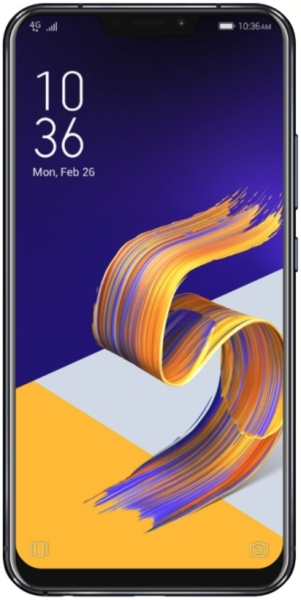
The flagship of Asus has a clear resemblance to the hit smartphone, marked with a bitten apple symbol. His Taiwanese engineers spied a cutout in the upper part of the display, but in this case he selects a quarter less area than Apple iPhone X 64 GB .
Asus ZenFone 5z looks, as they say, "expensive-rich" — radial rays diverge on the glass back of the device, effectively shimmering in the light. Their centre of attraction is the fingerprint sensor. That's just to keep the smartphone in your hand as tightly as possible, because he strives to slip out of it. At the front, 84% of usable space is reserved for a 6.2-inch FullHD+ display that uses one of the best IPS-type matrix of its kind. In terms of brightness adjustment range and colour reproduction quality, it will have to look carefully for equal ones.
For the responsive behavior of the smartphone, a powerful “hardware” is responsible, headed by the 845th “dragon”. Of course, the top chip from Snapdragon handles with all modern tasks "on one or two", it's not for nothing that the hardware breaks records in performance tests. In the most modest configuration of the phone, 4 GB of RAM and 64 GB of permanent memory are provided.
The Asus ZenFone 5z has an artificial intelligence system. Unobtrusive "smart" algorithms adjust the volume of the ringtone and adapt the colour temperature of the display to the surrounding environment, and also make adjustments to the photo settings by automatically detecting one of 16 scenes. The smartphone uses a combination of 12 MP sensor with the usual viewing angle and 8 MP wide-angle module (120°). The main "eye" of the rear camera offers the use of phase detection autofocus and four-axis optical stabilization during shooting. In addition, using the selfie camera, you can create animated ZeniMoji emoticons based on the user's emotions.
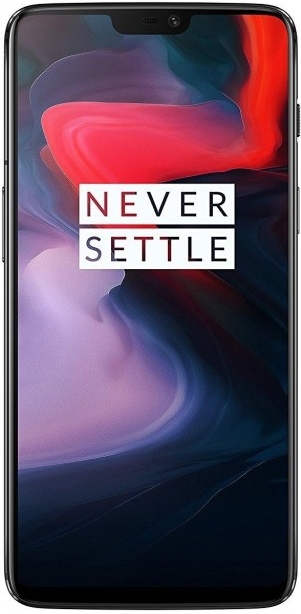
Starting with the "five" (meaning the smartphone OnePlus 5 64 GB / 6 GB ), the Chinese have made it a rule to "roll out" a new model of "flagship killer" to the masses every six months. The sixth generation of OnePlus does not have a pronounced “killer feature”, but in the top segment of mobile devices it is assigned the role of a device that promotes high technologies at a dainty price.
This time the smartphone is a "sandwich" of Gorilla Glass 5 glass panels, fully charged with the most advanced hardware (an 8-core Snapdragon 845 chip paired with 6/64 GB of memory). Surprisingly, the use of glass as a back panel material did not bring support for wireless charging technology for a 3300 mAh battery. At the same time, in terms of the speed of replenishing battery energy reserves through the “lace”, you will not find equal OnePlus 6 during the day with fire.
With the same dimensions as its predecessor (models with the 5T index), the "six" screen occupies most of the front panel area (about 84%). As a result, the format of the image displayed on it has slightly changed (19:9 aspect ratio) and the resolution has grown (2280x1080 pixels). This was achieved due to the appearance of a "monobrow" — a cutout in the upper part of the display for service sensors, a conversational speaker and a 16 MP selfie camera. You can hide the "bang" so that it does not procrastinate your eyes in the settings, since the black colour of the Optic AMOLED matrix conquers with its depth.
The front camera is periodically involved to recognize the owner of the device by face. An alternative to this method of unlocking the device is a smart fingerprint sensor on the “back”. In close proximity to it is a dual main camera with optical stabilization, consisting of a 16 MP module with an aperture of f / 1.7 and a 20 MP auxiliary sensor. In bright light, you can count on clear pictures with rich colours and minimal noise.
The slow USB 2.0 interface, the lack of support for memory cards and the inadequate water protection of the case smooth out the positive impression of the model. For smartphones of a simpler level, these nuances would be forgivable, but in the case of OnePlus 6, which is designed to compete with a horde of flagships, they focus on themselves, although they are not critical.
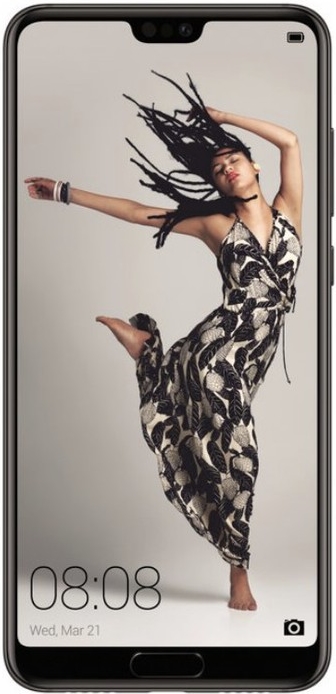
In a series of smartphones marked with the “P” symbol from the Chinese brand Huawei, a key bet is made on advanced photo capabilities. The P20 is one of the few that has managed to cross the 100-point mark in the rating of cameras on board mobile devices, compiled by the authoritative resource DxOMark.
On the “loin” part of the smartphone near the “two-eyed” main camera, the logo of the German company Leica proudly flaunts, which had a hand in the development of optics for photomodules. The first of them with a resolution of 16 MP shoots in colour, and the second at 20 MP in black and white. From above, all this is “seasoned” with artificial intelligence, guarded by the definition of scenes and further automatic colour correction. The AI system recognizes over 20 different scenes and applies a wide range of settings to them. Also, its tasks include providing assistance in obtaining high-quality night photos from hands — there are no equal Huawei P20 in this field. The front camera has got a sensor as much as 24 MP and is equipped with wide-angle optics, which makes it easier to shoot architecture and take group selfies.
Machine learning capabilities are entirely tied to the NPU neural network module, which is an integral part of Huawei's flagship Kirin 970 chip. In a synthetic test, a combination of an 8-core processor, 4 GB of RAM and ARM Mali-G72 MP12 graphics scores over 200K points, which indicates the huge potential of the "iron" component of the gadget. With such data, it is “too tough” for absolutely any tasks that the smartphone is ready to roll without the slightest hitch.
The screen of the model is as good as the hardware — an IPS-matrix with a diagonal of 5.8" and a resolution of 2240x1080 pixels conveys all the richness of the shades of the sRGB colour space. Only the “bangs” in the display design stood out as a thorn in the eye, which can be masked by black filling on the sides (indicators and notification icons will be displayed to the left and right of the cutout). The attributes of the flagship in the arsenal of Huawei P20 are also an NFC chip and support for fast battery charging technology, but for some reason the smartphone cannot charge “over the air”. Even more “goodies” are offered by the Pro version, where a triple camera is used, an OLED display is installed and there is an improved water protection of the case.
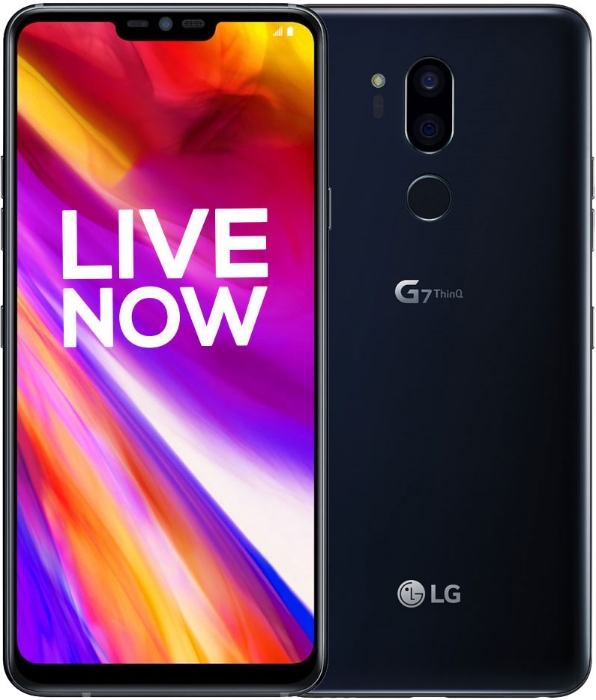
| Amazon.co.uk | £130.00 | To Store |
| Amazon.co.uk | £130.00 | To Store |
| Amazon.co.uk | £130.00 | To Store |
| Amazon.co.uk | £130.00 | To Store |
| Amazon.co.uk | £130.00 | To Store |
What newfangled "chips" have not been tested on board devices of the top G line from the South Korean brand LG. For example, the LG G4 smartphone was notable for its leather back, the LG G5 for its modular design, and the LG G6 became the first flagship with a widescreen display. In the seventh generation of the series, the ThinQ prefix appeared, hinting at the introduction of artificial intelligence.
The smartphone is “dressed” in strong armor with protection against all kinds of adversity: the body of the device is not afraid of diving under water (compliance with the IP68 protection level), as well as bumps and drops (the requirements of the military standard MIL-STD 810G are met). Moreover, the materials of its manufacture are dominated by tempered glass, which gives the smartphone a stylish look.
The front panel of the device is occupied by a huge 6.1-inch display with an impressive resolution of 3120x1440 pixels. It is made using MLCD + technology, and according to the "paper" characteristics, the maximum screen brightness reaches 1000 cd / m². In fact, its value is slightly lower than stated, however, there are still no direct rivals to the smartphone in terms of the upper threshold of brightness. Part of the display "eats" a kind of visor for the front camera, earpiece and a set of sensors. If desired, the unibrow can be masked in the advanced settings (fill the space on the sides of it with the colour you like, leave it as it is or choose a rounding).
The smartphone found the use of artificial intelligence, where the ThinQ prefix comes from. It is used to adapt the colour temperature of the screen to the surrounding reality and is embedded directly into the camera. "Smart" algorithms automatically determine the scene and the subject of photography, selecting the most optimal settings. The LG G7 ThinQ features a 16MP + 16MP dual rear camera with a second eye for wide angle shots and the aforementioned 8MP selfie camera.
The gadget is gifted with a top-end Snapdragon 845 chip in tandem with 4 GB of RAM and 64 GB of ROM — the power of the hardware does not take. Special mention deserves the Saber ES9218PC DAC, thanks to which the LG G7 ThinQ produces excellent sound when playing audio tracks through headphones. In addition, the smartphone resonates when it lies on a table or other hard surface, significantly pumping sound from the built-in speaker. The only thing missing from the LG G7 ThinQ is a larger battery, as the 3,000 mAh battery drains fairly quickly. As a moral compensation, the user has the right to resort to fast charging or “refill” the smartphone wirelessly.
You will find out which model to take for a particular type of agricultural work.
From a cast-iron "pancake" to an induction coil or Hierarchy of burners in electric cooking surfaces.
Forget about having to push off the ground with your foot while riding a scooter for fun.
Optimal laptops for study, work and play.
Cold-pressed juice retains maximum nutrients.


